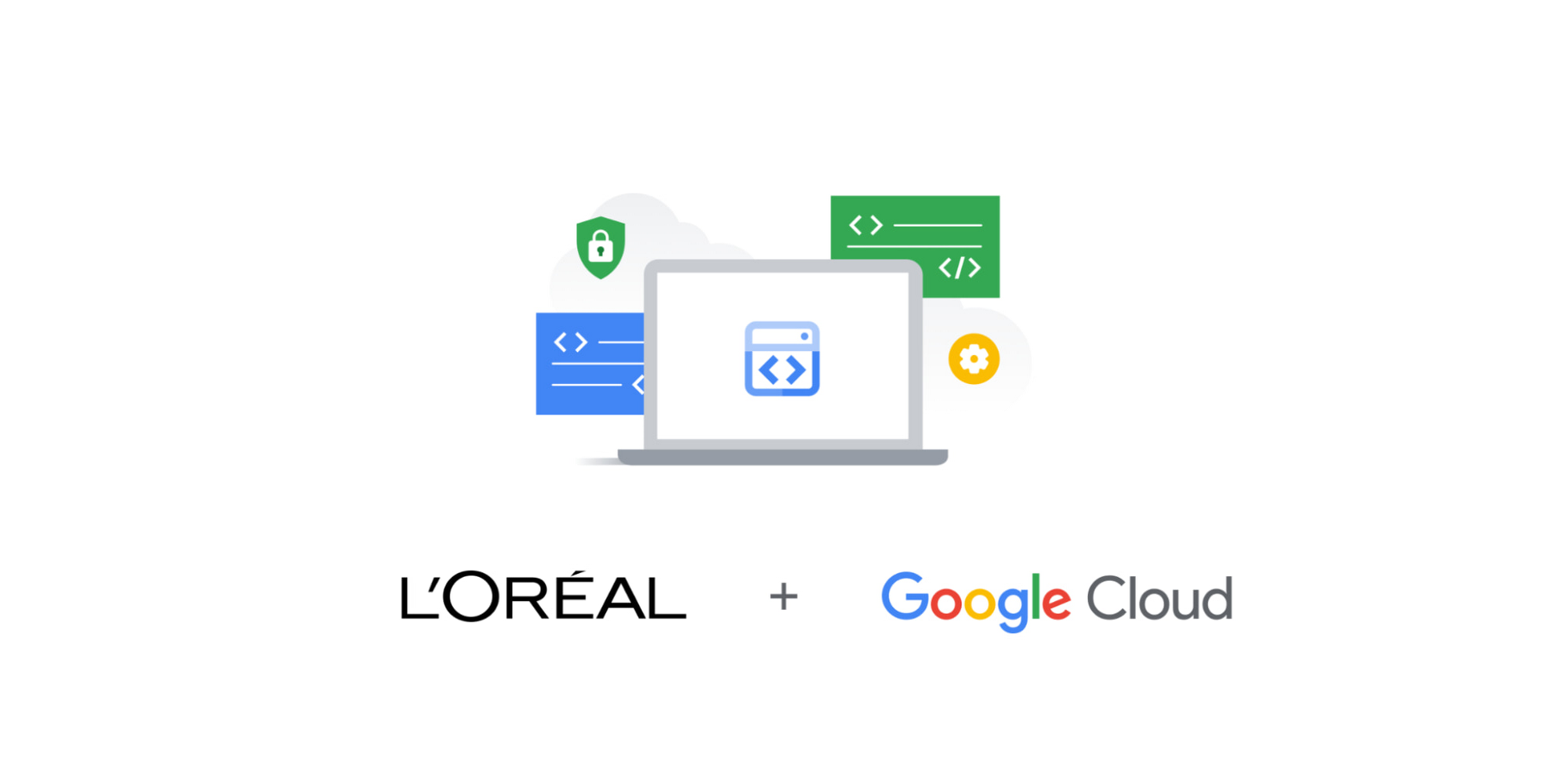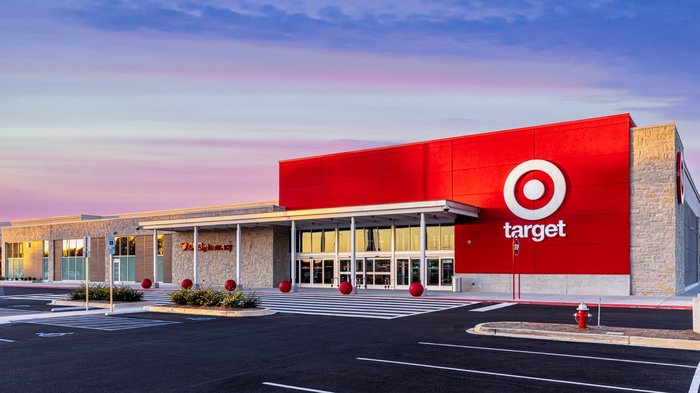L’Oreal enables a global developer workforce with secure cloud development environments

Antoine Castex
Enterprise Architect, L’Oréal
Ning Ge
Product Marketing Manager, Google
Try Google Cloud
Start building on Google Cloud with $300 in free credits and 20+ always free products.
Free trialWith many dramatic shifts in the world of retail over the past two decades — from the explosion of e-commerce to the COVID pandemic — digitalization is no longer just a strategic choice for companies in the retail and consumer packaged goods (CPG) industry, but a necessity for survival. In this blog, we discuss how the world’s leading cosmetic company, L'Oréal, uses Google Cloud solutions like Cloud Workstations to accelerate digitalization, empowering global developers with increased productivity and security.
Retail digitalization calls for increased developer productivity
Developers are a key element in enabling a digital-first strategy and shortening time-to-market. However, developers often have heavy workloads and are under a lot of pressure to deliver. A recent study shows that 94% of ecommerce developers took on additional work during the pandemic, which is likely to remain or even increase post-pandemic. This makes increasing developer productivity a key agenda item for many companies. Instead of developers spending time on peripheral tasks, you want to give them the right resources so they can focus on writing core business logic and driving the bottom line. According to a McKinsey study, retailers with higher developer productivity can increase revenue up to four times faster than their peers.
However, increasing developer productivity is neither easy nor straightforward. There are many factors that can hold developers back, for example, prolonged onboarding, unnecessary friction to accessing the right tools, inconsistency between environments, and security-related disruptions. Moreover, the rise of the remote workforce, and the increasing number of software supply chain security attacks early at the development stage, add to the complexity.
The developer productivity challenge
As the world’s largest cosmetics company, L’Oréal manufactures and sells beauty and hair products across 150 countries through e-commerce, travel retail establishments and physical stores, and has 35 global beauty brands under management and more than 85,000 employees.
As a global leader in the beauty business, L’Oreal runs at the forefront of digitalization utilizing advanced IT technologies. Partnering with Google Cloud, we built our Beauty Tech Data Platform, a next-generation data platform that delivers data products “as a service” to empower decision-making with instant, sophisticated analysis using big data and serverless technologies.
We have hundreds of developers working on this platform, across many different countries in many different teams, collaborating on different projects, while trying to share the same way of working.


Early on, many problems surfaced with the existing development environment set-up, and our data team realized that we needed a better solution to make work more efficient for developers.
First of all, developers coded on local physical laptops where all the files were stored, which made setting up new environments very time-consuming and error-prone. Developers had to install many things, such as code editors, libraries and utilities on their laptops before they could start coding. The physical laptop became a single point of failure, and could lead to potential security risks like code exfiltration — unauthorized code transfer from the computer.
Also, developer teams worked in different ways at different speeds with different levels of maturity, which made the code rationalization super time-consuming at the final stage. In addition, cost management was a big headache since teams all used their own development solutions that were licensed differently. On top of all this, it was almost impossible to maintain a consistent security posture across the board: teams used disparate tools with different security features, making it very difficult to configure security to the same level.
We started to look for a solution that could help us break these silos and increase developer productivity and security as a whole.
Google Cloud’s solution
While searching for a solution, our goal was to enable developers to work anywhere, anytime on any device in a consistent, efficient and secure manner. With such a bold vision, we partnered with Google Cloud again, this time, with Cloud Workstations.
Cloud Workstations is a key part of Google Cloud’s Software Delivery Shield, and is focused on accelerating developer onboarding and increasing developer productivity in a secure manner. It provides fully-managed, cloud-based development environments with advanced security features, support for multiple integrated development environments (IDEs), customizable development environments, and many popular developer tools, addressing the needs of enterprise developer teams like L’Oreal’s data team.
With Cloud Workstations, developer onboarding is now measured in days instead of weeks or even months. Deploying a new development environment is as simple as clicking a button. Within just a few minutes, a brand new development environment is ready to go in the cloud. With a cloud-based solution, there is no longer the need to store code on developers’ local laptops. They can access fast development environments anytime via a browser or from their preferred local IDE, no matter where they are located.
In addition, development environments can be pre-configured consistently across global teams with commonly used development tooling and the same level of security configuration. Compliance is no longer a goal that is hard to achieve. Cloud Workstations enables us to enforce security configurations and policy control consistently across various teams with features such as VPC Service Controls, IAM, and private ingress/egress, etc. Updating or patching hundreds of developer environments is also made simple. The platform team centrally updates the Workstation image, and Cloud Workstations service handles all the updates on the individual workstations in a fast and scalable manner.
While providing a single solution for global developer teams to work in a consistent and efficient manner, Cloud Workstations also offers flexibility and customization to accommodate teams’ different needs. It supports specific environment profiles such that, for example, frontend and backend developers can request workstations with different CPU, RAM or storage settings according to their specific needs. It also supports multiple popular IDEs such as IntelliJ IDEA, PyCharm, Rider, Code-OSS, and CLion, as well as popular developer tools, so developers can choose familiar tools for faster coding.
“Cloud Workstations removes the technical barriers by providing a powerful and scalable solution for all the developers we have across the world.” — Sebastien Morand, Head of Data Engineering, L’Oréal
Summary
Developer productivity is key to a successful digital transformation. The traditional model of development on physical machines not only negatively impacts developer productivity, but also poses security risks. Cloud-based development environment solutions like Cloud Workstations enable our bold vision for our developers, allowing them to work anywhere, anytime on any device in a consistent, efficient and secure manner.
Learn more about Cloud Workstations and try it today.



